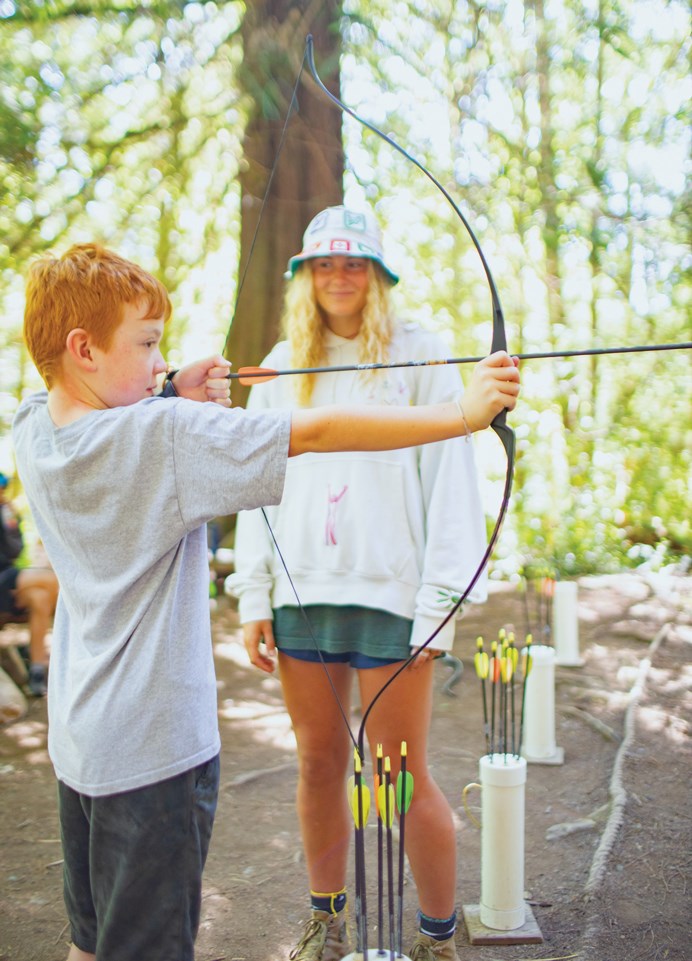Greater Victoria has plenty to be proud of across the region, highlighted by two grades of B+ given out in Victoria’s 2022 Vital Signs.
is an annual community check-up, measuring the vitality of the Greater Victoria region, identifying concerns and supporting action on issues that are critical to quality of life. Twelve issue areas are highlighted in the report and receive a letter grade assigned by citizen survey respondents. This year’s report highlighted there was plenty to be proud of in the capital region.
Sports and recreation received a B+ in 2022, one of the top letter grades. Greater Victoria’s sport tourism is currently a catalyst for $117 million in tourist spending annually. Victoria hosted the 55+ BC Games this past September, with 2,700 senior athletes competing in 22 sports. Annually, the region hosts over 100 major sporting events across various venues. The natural surroundings also contribute to a healthy sports and recreation sector.
“For youth, there couldn’t be a better environment than Victoria to come and develop your skill in a number of sports,” says Robert Bettauer, CEO of PISE (Pacific Institute for Sport Education), in a recent episode of the Vital Victoria Podcast.
Bettauer highlights one key to success in sport and recreation is Victoria’s size. While professional teams may dominate larger cities, teams like the Victoria Royals and Pacific FC get plenty of attention from the community. They’re also affordable nights out for families. Olympians and Paralympians train in world-class facilities that are accessible to community members. "That's part of our culture here, it's extremely collaborative."
Sports and recreation is also a key pillar for youth. Following 2020, KidSport conducted a survey and found that only 20% of Greater Victoria parents reported their kids were less active than in 2020. This was a significant improvement from the nationwide average of 45% found in a recent survey (Jumpstart State of Sport Report, 2022).
“We are fortunate across our region to have many formal and informal opportunities to partake in sport and recreation,” says Andrea Carey, executive director with OneAbility and director with KidSport. Recovering from the COVID-19 pandemic, equity must be at the forefront of sports and recreation to build momentum and keep people active. Carey cites that people with disabilities have been slower to return to activity and families are facing economic barriers.
“Intentional programming to support these gaps with equity at the forefront and meeting the individual needs of participants is crucial to encourage the return to and re-learning of how to participate in sport and recreation,” says Carey. Innovative partnerships in the region provide powerful opportunities, OneAbility and PISE being examples.
Learning also tied for the top mark, receiving a B+. As of 2021, 64% of the Greater Victoria population, aged 15 and older, had completed some form of post-secondary education. This was above the rate for 乌鸦传媒 (62%) and 乌鸦传媒 (61%). In 2021, only 9% of Greater Victoria’s population had failed to complete high school, below the rates for 乌鸦传媒 (11%) and 乌鸦传媒 (14%).
Victoria’s 2022 Vital Signs report shows that there is plenty to be proud of in the region, fostering educational and physical well-being for generations to come. Pick up your copy of today.



